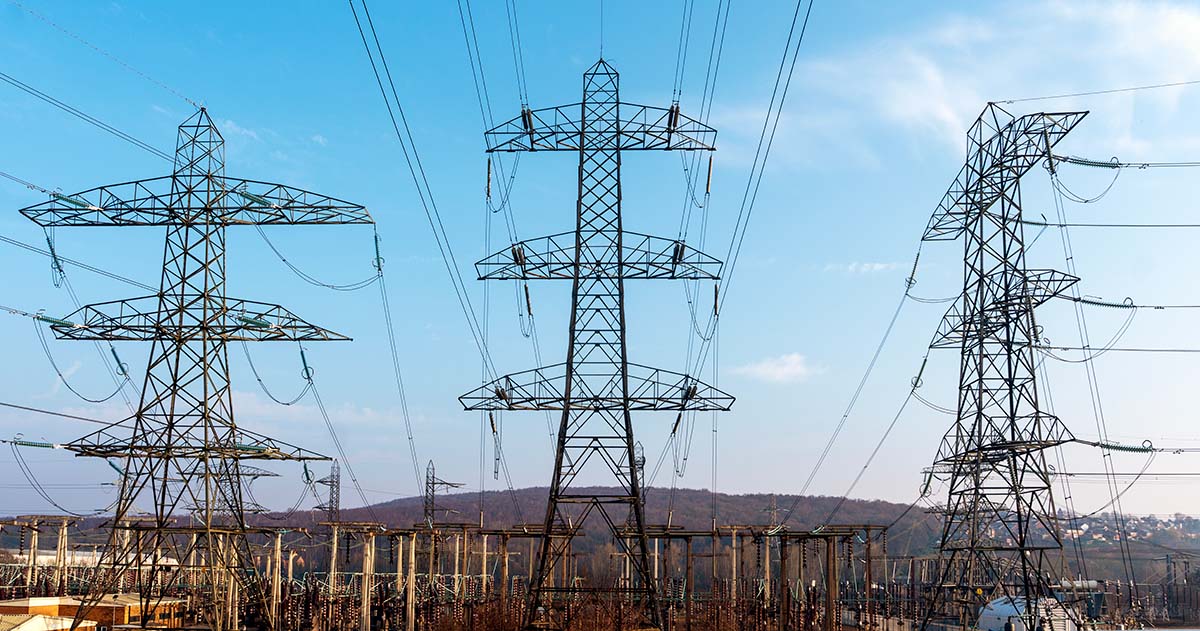”When you invest in a data center that costs billions of dollars, you don’t want to be sitting around waiting for your power.”
— Bala Naidu, VP of Energy Transition, Bloom Energy
AI is redrawing the power map — and utilities are feeling the pressure.
For years, digital infrastructure followed a predictable path: load forecasts, interconnection queues, and long-range planning. Today’s AI-powered data centers are shifting that pace. They’re asking not for megawatts in years, but gigawatts in months.
In a recent webinar, Bala Naidu of Bloom Energy and KC Mares of Megawatt Consulting unpacked the growing gap between what power providers can deliver and what data center developers need. Their conclusion? Onsite generation is no longer a workaround. It’s a core strategy — and an opportunity for utilities to take the driver’s seat in the transformation.
Why Utilities May Struggle to Say “Yes”
Some of today’s next-gen data centers will draw over 2 GW — enough to power 2 million homes. But they can’t wait for the grid to catch up.
Every month a facility sits idle, it’s potentially burning millions in depreciation, not to mention the opportunity cost of the lost revenue. If power isn’t ready at commissioning, the whole investment may be at risk.
Mares, who’s worked on onsite power generation for more than 25 years, has seen the impact up close. “We’ve had projects where we thought we would get power from utilities but then couldn’t,” he said. “So developers turned to onsite generation to keep the lights on. It used to be a backup. Now, it’s the primary plan.”
Onsite Power Isn’t a Loophole — It’s a New Kind of Partnership
For decades, onsite power meant diesel backup. Today, it means full-scale generation — using proven technologies like turbines, reciprocating engines, and increasingly, fuel cells.
“We’ve been deploying these systems for years,” said Mares. “What’s changed is the scale and urgency.”
Each solution has its strengths. But fuel cells are gaining attention for their compact footprint, low emissions, and 24/7 operability. “We’ve compressed 100 megawatts of fuel cells into an acre and a half,” Mares noted. “It’s clean, efficient, and fully islandable.”
Bloom’s Energy Server® platforms are built in 325 kW blocks in a modular design, which means built-in redundancy — without the need for massive oversizing.
Critically, utilities are part of this evolution. In Ohio, American Electric Power (AEP) is working with Bloom Energy to deploy fuel cells directly at customer sites, with AEP delivering power to customers in a timely and reliable way — without shifting costs to ratepayers. “It’s a model that works for everyone,” said Naidu.
Wanted: Power. Needed: Yesterday.
Speed isn’t a nice to have. For AI data centers, it means a massive competitive edge.
With infrastructure costs reaching $30–50 per watt, a 100 MW data center facility could represent $3 to $5 billion in capital investment. Any delay in power availability translates to enormous value loss.
Utilities understand this urgency. And many are exploring how to meet it without compromising long-term grid health or triggering rate increases.
Fuel Cells: A Grid-Ready Tool That’s Available Now
Fuel cells offer utilities a strategic alternative: a way to deliver onsite power without overloading the grid or requiring major capital investments. By embracing fuel cells, utilities can:
- Offer power quickly — online in as little as 90 days
- Minimize real estate cost with compressed footprint
- Avoid costly overbuilds and infrastructure delays
- Generate power with virtually no air pollution
- Be CCUS-ready — high-purity CO₂ exhaust simplifies capture
Unlike turbines or engines, fuel cells provide high-efficiency, 24/7 baseload power with system uptime — essential for AI workloads with zero margin for interruption.
Beyond LCOE: A Smarter Way to Evaluate Power
Utilities are addressing rising power demands by considering a mix of strategies. And it’s time to look at outdated cost models.
“If you’re sitting on a billion-dollar data center waiting for interconnection, Levelized Cost of Electricity (LCOE) isn’t telling you the whole story,” said Naidu.
While the traditional LCOE has long served as a benchmark for comparing energy sources, it no longer captures the full picture for data center power procurement. This metric overlooks critical system-level factors—such as power firmness and carbon intensity—that are increasingly important.
As a result, customers must move beyond a narrow LCOE comparison and adopt a more holistic framework for evaluating power value, taking into account:
- Time-to-power and delay costs
- Built-in redundancy and reliability
- Permitting and emissions timelines
- Site flexibility and scalability
The result? A fuller picture of true value — especially for solutions like fuel cells that can deliver now, with minimal permitting, in space-constrained environments.
Don’t Wait for the “Perfect” Solution
While some utilities are exploring long-term options like small modular reactors (SMRs), the technology isn’t ready for the short-term needs of fast-growing loads.
“SMRs need to be grid-connected since they do not support highly variable workloads and low initial load factors. They’re also not available today,” Mares said. “And they won’t be for years.”
Instead, he encourages a flexible approach: “Often the best solution is a mix — of technologies, timelines, and models. It’s what we’re already seeing work.”
An Opportunity for Utilities to Lead
Delivering power for large data centers isn’t just about keeping up with demand. It’s about setting new standards.
Utilities are uniquely positioned to lead — by embracing distributed power generation as part of their solution toolkit and collaborating with data center developers in new ways.
Because in this new energy era, speed isn’t optional. It’s the main differentiator.
And those who deliver clean, reliable power — where and when it’s needed — won’t just meet demand. They’ll define the future.










